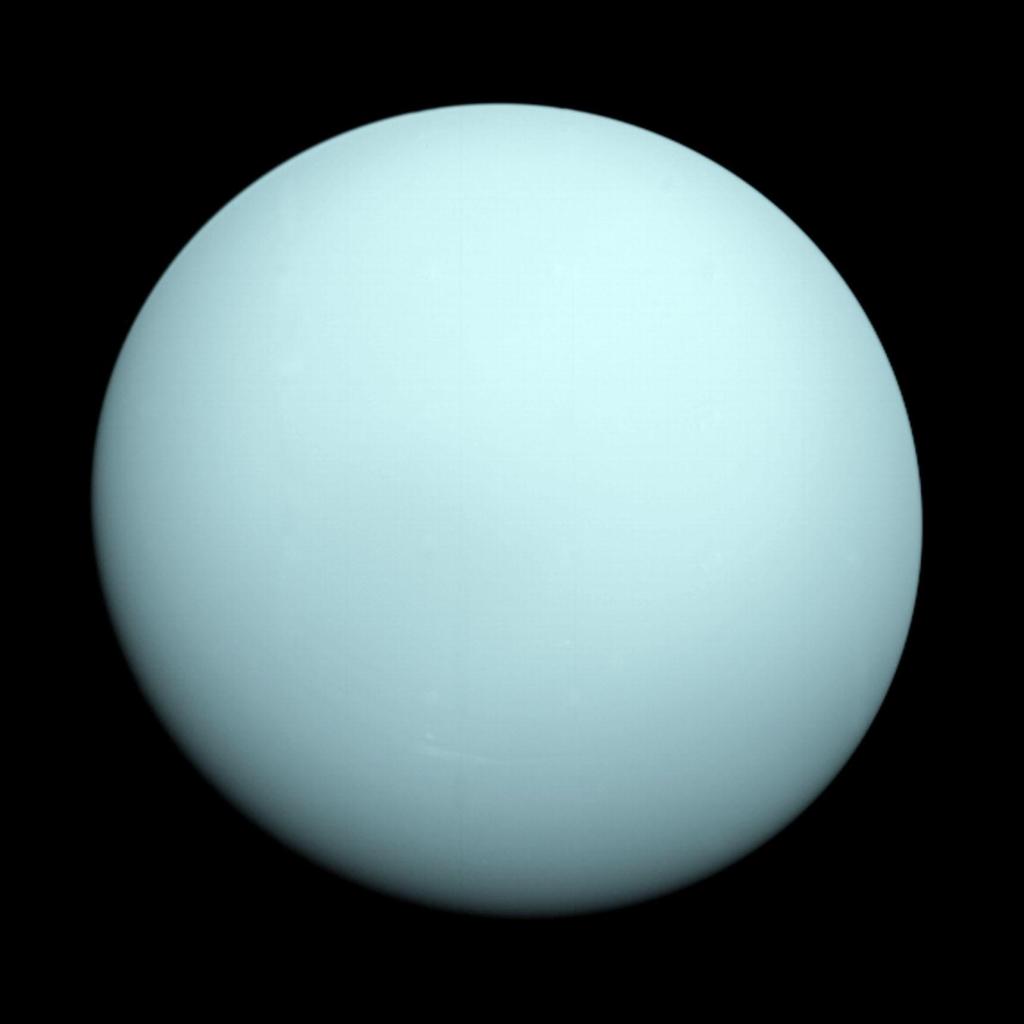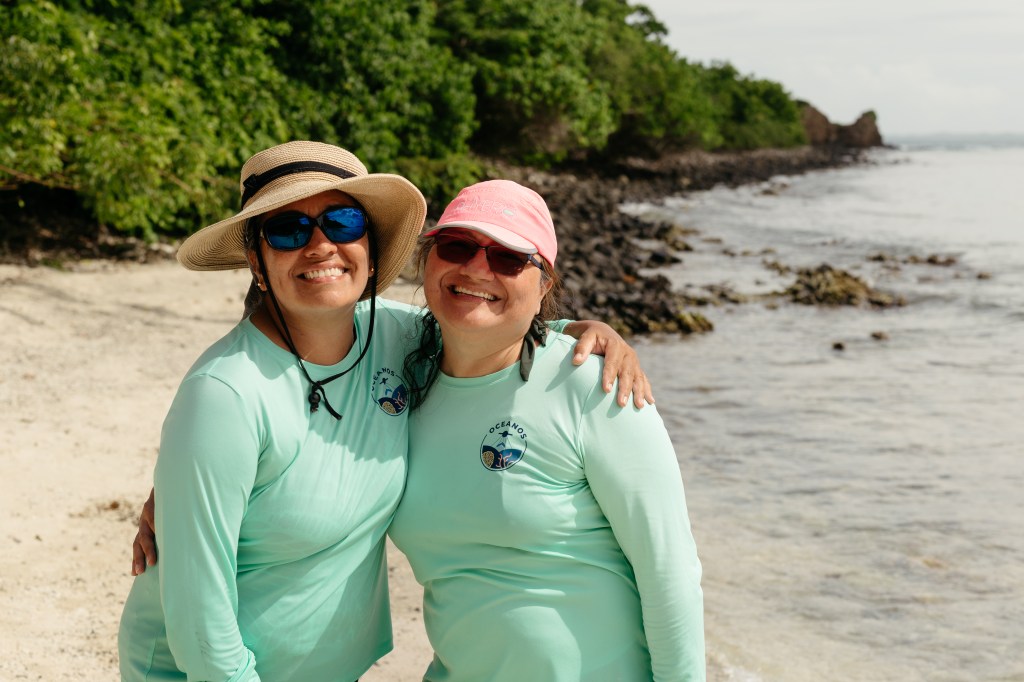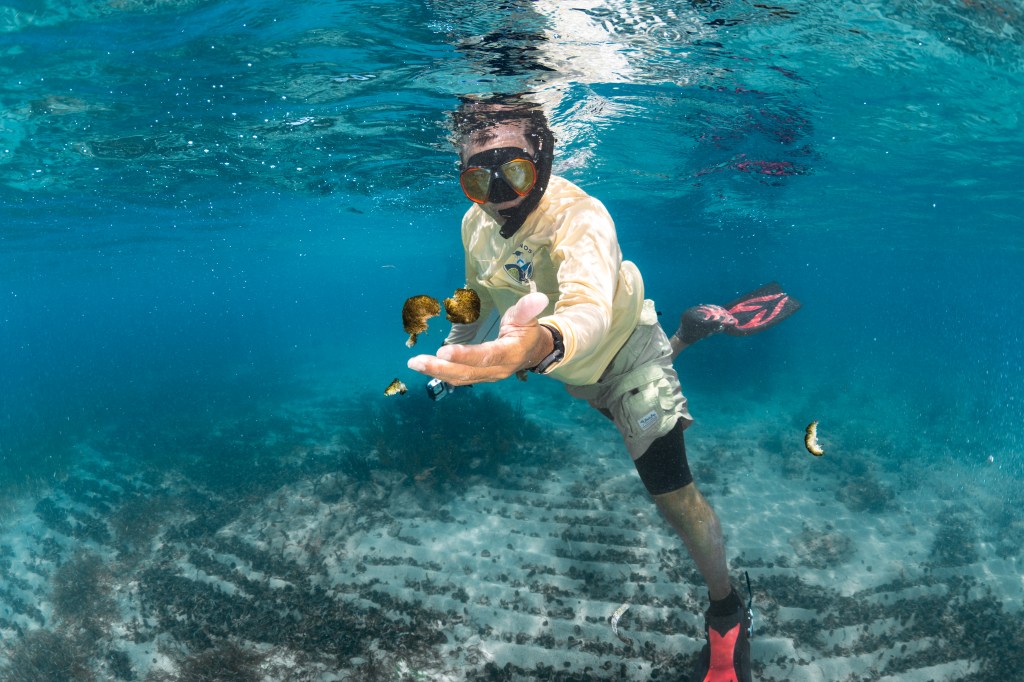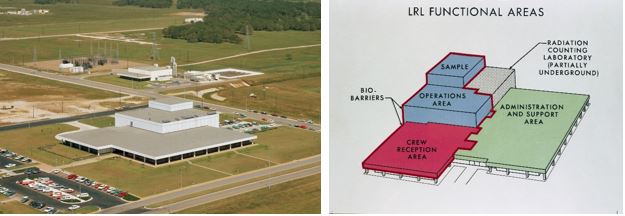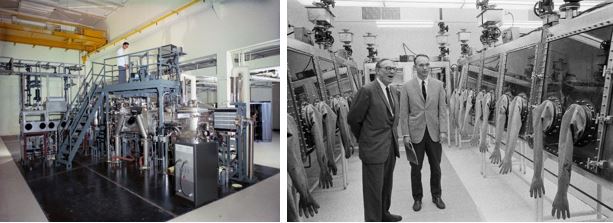The Lunar Receiving Laboratory (LRL) was a critical ground component of the Apollo program. The facility, residing in Building 37 of the Manned Spacecraft Center (MSC), now the Johnson Space Center in Houston, was specially designed and built to isolate astronauts and rock samples returning from the Moon to prevent back-contamination of the Earth by any possible lunar micro-organisms. The quarantine time for the returning astronauts was for a period of 21 days starting the day of exposure to the lunar surface environment. The LRL was completed in the summer of 1967 and the laboratories and other areas outfitted in the following months.
The LRL consisted of four major functional areas – the Crew Reception Area (CRA), the Sample Operations Area, the Radiation Counting Laboratory, and the Administrative and Support Area. The CRA and the Sample Operations Area were inside the biological barrier to prevent any accidental contamination of the Earth with any possible, however unlikely, lunar microorganisms. A complex vacuum system ensured that air could not escape from the facility and also that the terrestrial atmosphere would not contaminate any of the pristine lunar samples.
The CRA included dormitories for not only the three returning astronauts but also for the staff who were in quarantine with the crew. The Apollo Command Module was kept in quarantine in its own room within the CRA. Medical facilities, a small gym, a kitchen and dining area, and a glass-walled room for holding debriefings and press conferences rounded out the CRA. The Sample Operations Area included a gas analysis laboratory, a vacuum laboratory, and physical and biological sciences test laboratories. In these laboratories, many including vacuum gloveboxes, lunar samples were put through a variety of analyses to test their structure and composition as well as their effects on biological systems. The Radiation Counting Lab housed a state-of-the-art gamma-ray spectrometry laboratory constructed of low-background radiation material and built 50 feet underground to minimize exposure to background radiation. The Administration and Support Area included offices and conference rooms for managers, technicians and secretaries supporting the LRL activities.
In October 1968, the LRL had reached a state of readiness that a simulation of some its capabilities was not only possible but warranted by the rapidly approaching first lunar landing, potentially less than a year away. Between October 22 and November 1, managers, scientists and technicians carried out a 10-day simulation of operations that would be followed after a lunar landing mission. Simulated operations included the vacuum system, rare gas analysis system, physical-chemical test area and the radiation counting laboratory. The biological preparation area participated in some aspects of the simulation. Procedures for handling lunar samples in the Sample Operations Area were conducted by NASA scientists and Principal Investigators from outside the Agency who would later participate in the preliminary examination of lunar samples. The 10-day exercise uncovered 82 major and minor faults in equipment that required correction. A substantial number of these faults were related to effective operation of the vacuum system in which the sample return containers were opened. The MSC established a control board to monitor compliance with the recommended corrections before a full scale simulation, including the Crew Reception Area, could be carried out in early 1969.
To further enhance the readiness of the LRL to support the first lunar landing, on October 21, MSC Director Robert L. Gilruth formally constituted an Operational Readiness Inspection Committee to inspect the LRL to demonstrate its suitability to accomplish its mission. Gilruth appointed John D. Hodge of MSC as chair of the 10-member committee to review the facilities, staffing, and operational plans for the LRL. After a month-long series of reviews, in mid-December the committee submitted its recommendations for changes to render the facility operational. The LRL staff responded quickly to the committee’s recommendations and the facility was ready to support the first Moon landing in July 1969.
Watch this video about the LRL.
For more on the LRL, please see http://www.lpi.usra.edu/lunar/documents/lunarReceivingLabCr2004_208938.pdf


